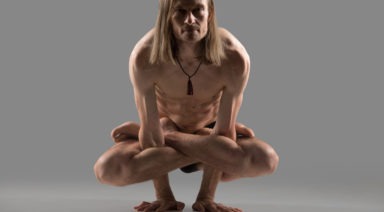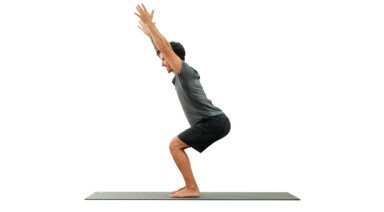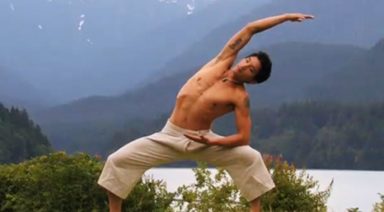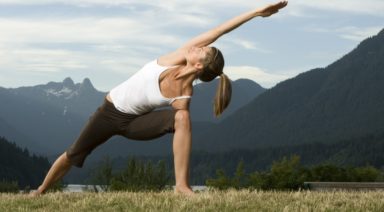When Things Get Turned Upside Down: Yoga Inversions
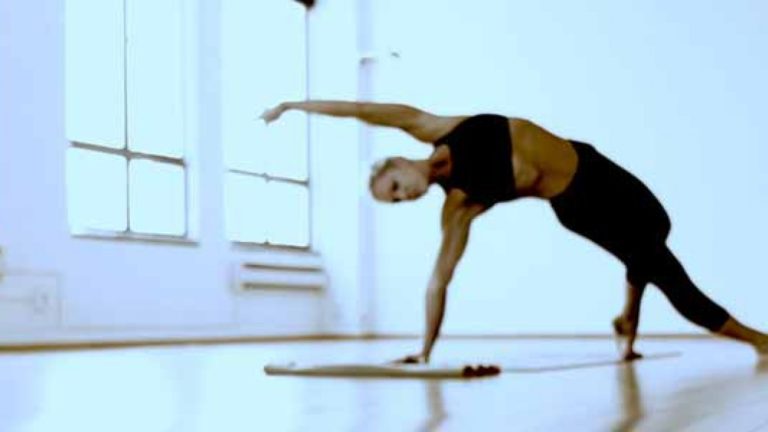
You’re never more alive than when things get turned upside down.
::Malcolm Gladwell
Whether misjudging a headstand and crashing to the floor, fired from our job just when we thought we were up for a promotion or dumped after posting “in a relationship” on our social media status for all to see, nothing gets our attention like being confronted by the unexpected. Suddenly, we find ourselves in a surprising new landscape for which we weren’t prepared. We’re staring down change and wrestling with the fear that we might fall again.
The truth is we’re guaranteed to fall again…and again. Like crashing waves, challenges will crest and crumble whether we’re talking about our headstands or our lives. Personally I’ve fallen many times, certainly out of my headstand, but ultimately into a new headspace.
Inversions in Yoga
To me, inversions are a fantastic living laboratory where we can embrace and move beyond things like fear, expectation, and impatience. All at once upside down needs to become right side up, and we have to surrender our tight grip on what we think we can control. We feel tangible postural balance merge with something deeper.
Inversions are an amazing reminder that how we do one thing is how we do everything. They reveal to us that often things are not going to go as we’d planned, but they just might turn out even better that way.
Making the Leap
Starting a new job or relationship is like the leap of faith it takes to turn upside down in a handstand. Though initially our jump may resemble a first handstand in an unfortunate bra, revealing things we had not hoped for…we learn as we go. Frankly, sometimes the catalysts for our evolution are pretty tits-out, upside down. But, if we move through our raw initiation and prove to ourselves a little at a time that we can do it, before you know it, whatever we were attempting becomes an important part of our personal fabric.
When we try too desperately to control the things we can’t, we become tightly wound in lopsided ways that stunt our growth and leave us miserable.
If we litter our inversions or our lives with expectation, we pin ourselves underneath frustration and impatience, which, in turn, erode the courage and humility it takes to try again.
Outcomes Are Not Guaranteed
The bottom line is we can’t control a guaranteed outcome. Even Kino MacGregor and Doug Swenson have days when they can’t balance in their handstand (albeit annoyingly infrequently). And for all of us, life can feel out of control and out of balance sometimes when it comes to work, deadlines, responsibilities, Trader Joe’s Dark Chocolate Covered Almonds, time wasted down the rabbit hole of Facebook…you name it.
The Yoga Sutras
In Patanjali’s Yoga Sutras, abhyasa (perseverant practice) and vairagya (surrendering without expectation of a particular outcome) demand that we resist the trappings of instant gratification our modern society seems to promote. And Pattabhi Jois, the father of Ashtanga yoga, stated,
Do your practice and all is coming.
He didn’t say, “Do your practice and kurmasana (flipping your feet behind your head) is coming instantly.” Nor did he promise results like millions of dollars and six-pack abs. We have to allow incremental progress to eclipse our need to accomplish the finished product. As Ralph Waldo Emerson so famously put it,
Life is a journey not a destination.
What We Can Control
There is one thing we can control, however, and that’s the accountability and integrity with which we show up — on our mat, at our job, for ourselves and for one another. Abhyasa and vairagya ask us to see balance and progress not as a single handstand, but as a part of a larger personal pilgrimage (sadhana). When we look at things through a wider lens, we can see every wobble, challenge and fall as an opportunity to learn and grow. Each time we glean a little bit more wisdom to bring to our next inversion or adventure. And as we do, we start to see that we’re never more alive than when things get turned upside down.
Defining Yoga Asanas

The Sanskrit word asana translates into seat in English, but if you say the word to yoga practitioners, all the postures and stretches they know will flash through their minds. Patanjali’s Yoga Sutras simply define asana as a “steady, comfortable posture,” which could be any shape.
In modern yoga context, an asana refers to a physical pose i.e. balasana (child’s pose) or trikonasana (triangle pose).
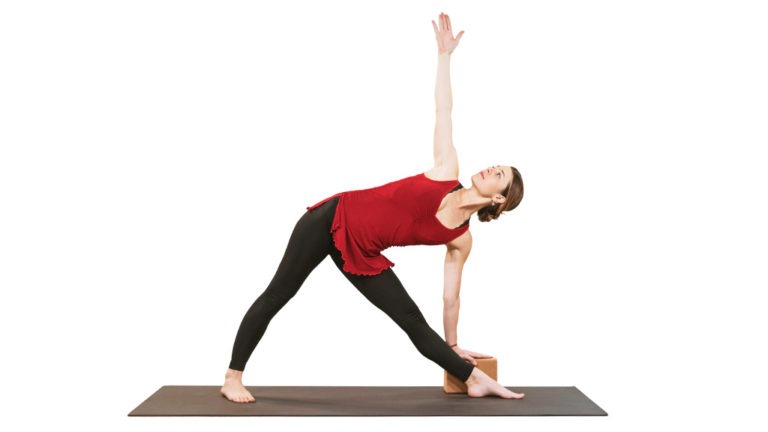
Trikonasana (triangle pose)



